Columbia | Coca Joyo Cup VS Donald, what's the difference between different baking methods?
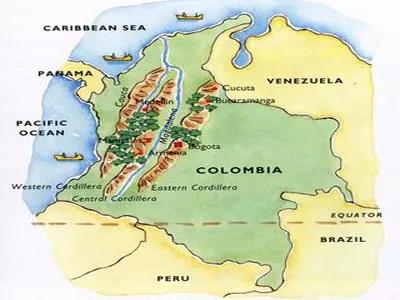
Professional coffee knowledge exchange more coffee bean information please follow the coffee workshop (Wechat official account cafe_style)
Colombia is the world's third largest exporter of coffee, mainly producing Arabica coffee and the largest exporter of Arabica beans. Colombia is rich in products, especially coffee, flowers, gold and emeralds are known as the "four treasures". Colombia is located in the northwest of the South American continent, bordering Central America and Panama. From the aerial view, it looks like it has been scratched by a cat on the west side, leaving three vertical paw marks from north to south. The country's famous producing areas are scattered in the Andes with fertile volcanic soil.
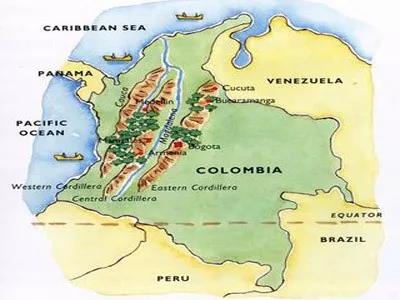
In 1808, a priest introduced coffee to Colombia for the first time from the French Antilles via Venezuela. Today, the country is the second largest coffee producer after Brazil, the world's largest exporter of Arabica coffee beans and the world's largest exporter of washed coffee beans. Colombian coffee is often described as silky and smooth. Of all the coffees, it is the most balanced, soft, smooth and ready to drink, and it has won praise that no other coffee can match: known as "green gold".
It is said that coffee was introduced by missionaries from Venezuela in 1730 and was grown in the southeast of the country. Later, due to civil war and political reasons, it gradually moved to the western mountainous areas. Locals also plant tall trees or banana trees around coffee trees. Build an awning for coffee trees in the seedling stage, the humidity in the coffee forest is high, the temperature difference is small, and the coffee beans mature slowly. There is also family operation, they do not have heavy machinery harvesting and irrigation, nor do they have spare money to hire workers. All coffee fruits are conducive to the accumulation of caffeine and aromatic substances, so the quality of coffee is the best.
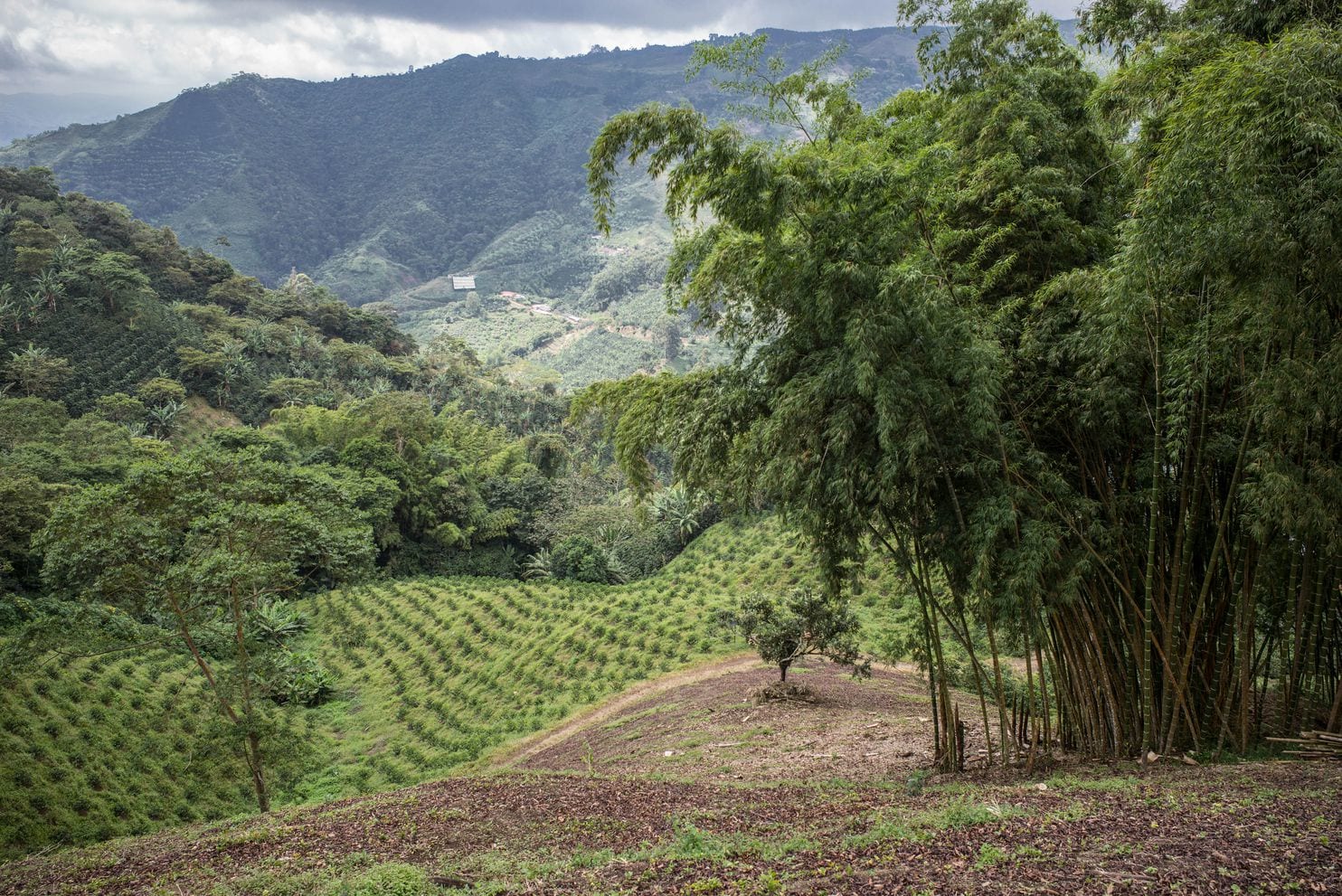
The latitude span of the Colombian producing area and the topographic influence of the Andes are divided into three regions from south to north, northern, central, and southern; the northern part of the south has a distinct production season, and the central part has two primary and secondary seasons according to the north or the south, respectively. there are two harvest seasons in a year, the main season is from October to January, and the secondary season is from April to July.
Columbus coffee cultivation is distributed along the Andes Mountains, from south to north, roughly divided into northern producing areas (green), central producing areas (orange, purple) and southern producing areas (yellow), in which orange-purple areas have primary and secondary production seasons. green and yellow areas have one season.
[coffee varieties]
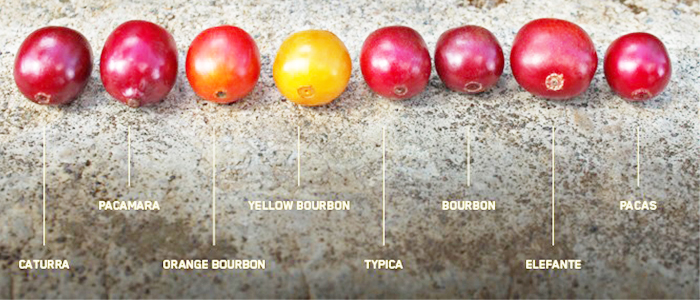
In addition to Kaddura Caturra, Bourbon Bourbon, Tippika Typica and Parkmara, which are common in America, Colombia also has three disease-resistant varieties unique to Colombia, namely Castillo Castillo and Columbia Colombia with the same name as Tabi Tabi. Of course, there are also some rare and valuable varieties such as Rosa Gesha, small-grained Mocha Mocca, Rume Sudan Romer Sultan, Eugenioides Eugene Odes, Laurina pointed Bourbon, Maraguesa Mara Rosa (a natural hybrid between Marago Rippi and Rosa).
There is also pink bourbon, just know that there is such a miraculous variety of coffee. Generally speaking, bourbon is a coffee tree that belongs to a branch of Arabica species, generally bearing red fruit, called red bourbon, in addition to yellow bourbon, orange bourbon, yellow bourbon relatively low yield, but better quality.
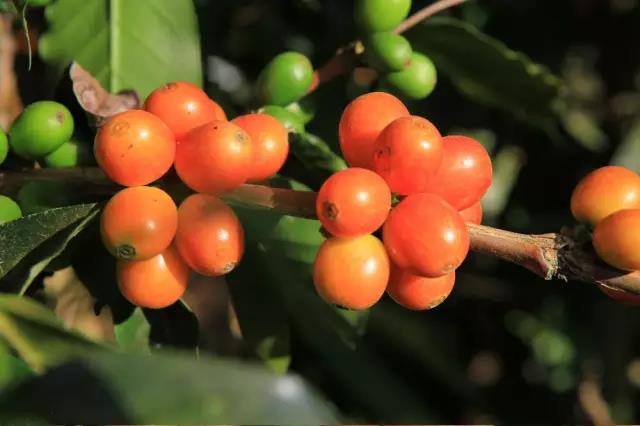
Recently, there is also a Colombian sun bean called [wush wush], which is rarely seen in Colombia. The early varieties planted in Colombia were the old iron pickup and bourbon, which were replaced by Kaddura in 1970; Kaddura is not only more productive per plant than iron pickup and bourbon, but also can be planted more per unit of acreage because the tree is more compact.
Since 1961, CENICAFE began to study Timor varieties of Robusta blood, and then selected Timo Timor and Kaddura Caturra to breed Columbia's Katim Catimor series. After five generations of breeding, CENICAFE released Colombia's first disease-resistant variety Colombia in 1982, and then after the emergence of leaf rust in 1983, Colombia varieties began to be planted in large quantities.
Then CENICAFE continued its research and development, releasing the second disease-resistant variety Tabi in 2002 (a hybrid between Bourbon and Timo Timor), and the most functional disease-resistant variety Castillo so far in 2005. After the outbreak of leaf rust in 2008, Colombia began to vigorously promote Castillo cultivation.
[treatment]
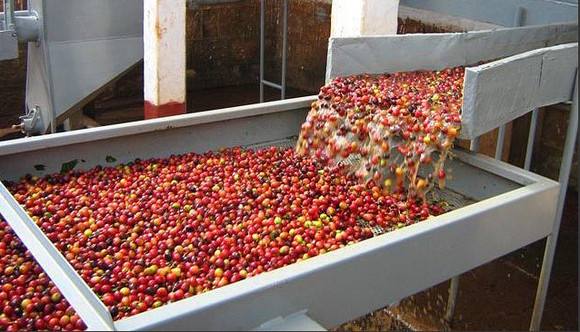
Most of them are washed, and each small farmer family has a small special processor (Ecomill or Eco-Pulper). The harvested coffee fruit is poured into it, which removes not only the peel and pulp, but also most of the pectin, and only a very small amount of water is needed. Next, the shell beans with a small amount of pectin will go into a small pool or container, which may be a cement pool (some tiles) or a stainless steel bucket that will ferment overnight and loosen the residual pectin. Rinse with clean water the next day, and the washing process is completed.
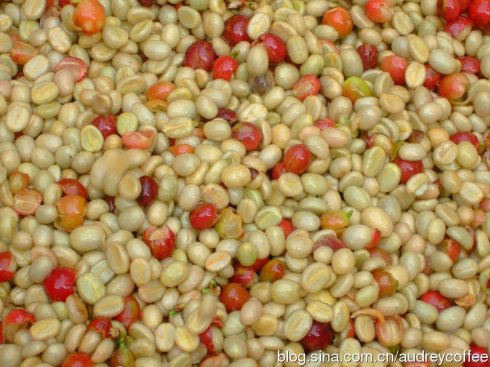
Drying will be based on the weather, if the weather is good, of course the first choice is natural drying, there will be a small shed, laid on the wooden scaffolding to dry; otherwise, it will be laid on an empty cement floor for drying; if the weather is not good, it is rainy, then use a dryer to dry, the dryer will have an intake temperature control, usually about 50 degrees Celsius.
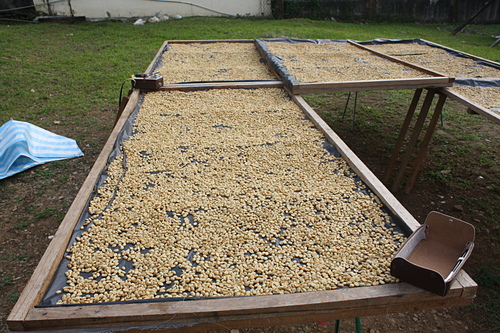
Colombian grading standard [by legume size]:
Grade Grade
Supamo SC-18:Supremo Sc-18
Supamo SC-17/18:Supremo Sc-17/18
Selected European standard: 10% Excelso EP10%
Top quality: Excelso UGQ
Micro-lot refers to high-quality coffee in small (or small) batches. Unlike the usual sense of producing area beans or manor beans, the source range of micro-batch coffee may be smaller, such as a small farmer in a cooperative, or a field in an estate, all of which are based on Cupping results, 10KG as a unit of a small sack.
[meaning and rules of Colombian Coffee Raw Bean name]
Colombia Huila Supremo SC17/18 FNC
Country + producing area + graded name + other
FNC:Federacion Nacional de Cafeteros de Colombia Colombian Coffee Association or Colombian Coffee Farmers Union
What is the Coca Zhuoyue Cup?
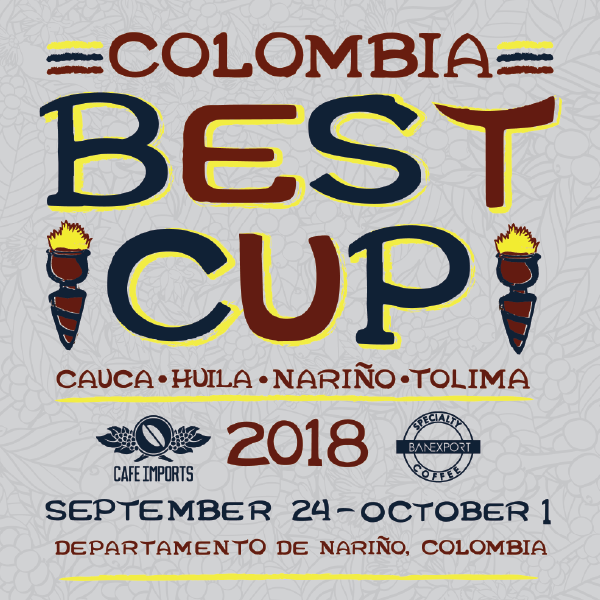
Bidding events such as the Coca Joyo Cup (Cauca Best Cup) have been held since 2014, jointly organized by well-known American traders, local exporters and the Coffee Association of Colombia. The first Coca Zhuoyue Cup received about 200 samples in 2014, compared with more than twice the number in 2015. About 500 small farmers will compete for the competition, and the organizers will select the top 30 from more than 500 samples. The top 12 will be selected by the international jury cup, and raw bean sellers and bakers from all over the world will bid on the last day of the event.
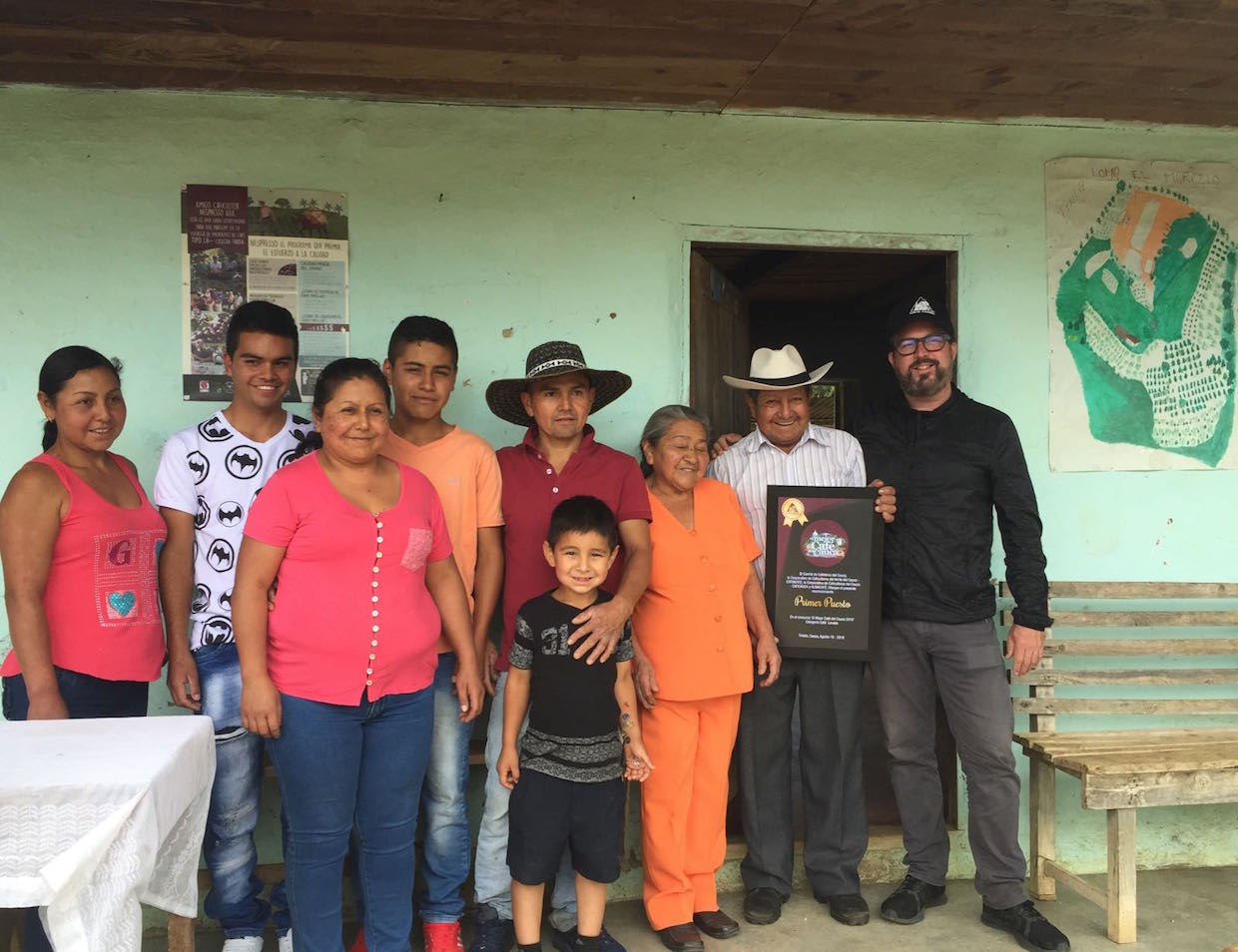
Competitions like the Cauca Cup are actually helpful. It not only increases the income of small farmers, but also has the opportunity to improve their living conditions, but also makes them more willing to invest and improve their coffee production to produce higher quality coffee. Local judges from 500 batches, only after four rounds of cup tests selected 30 batches to enter the finals, and 30 international judges conducted two rounds of cup tests to compare the top 10.
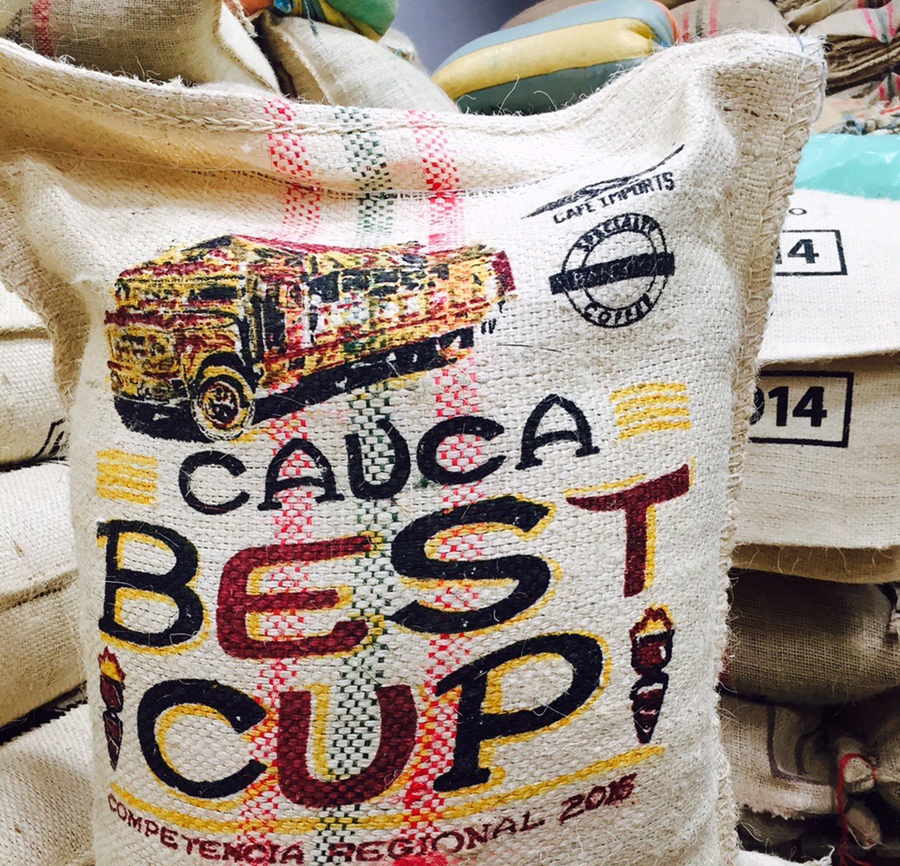
[altitude comparison]:
Examination card: 1758 meters-2100 meters
Donald: 1500Murray 1800m
[comparison of producing areas]:
[examination card]
From the micro-producing areas of Suri: local coffee farmers grow coffee along the highlands of these mountains, with diverse climatic production conditions, and because of changes in altitude, a large part of Colombia's coffee industry is produced by small farmers. Surrounded by high mountains, the majestic mountains block the air and water vapor from the Pacific Ocean and trade winds from the south, thus maintaining a stable climate in the producing areas. Near the equator, there is plenty of sunshine. The stable climate and sufficient sunshine provide a guarantee for the stability of coffee quality.
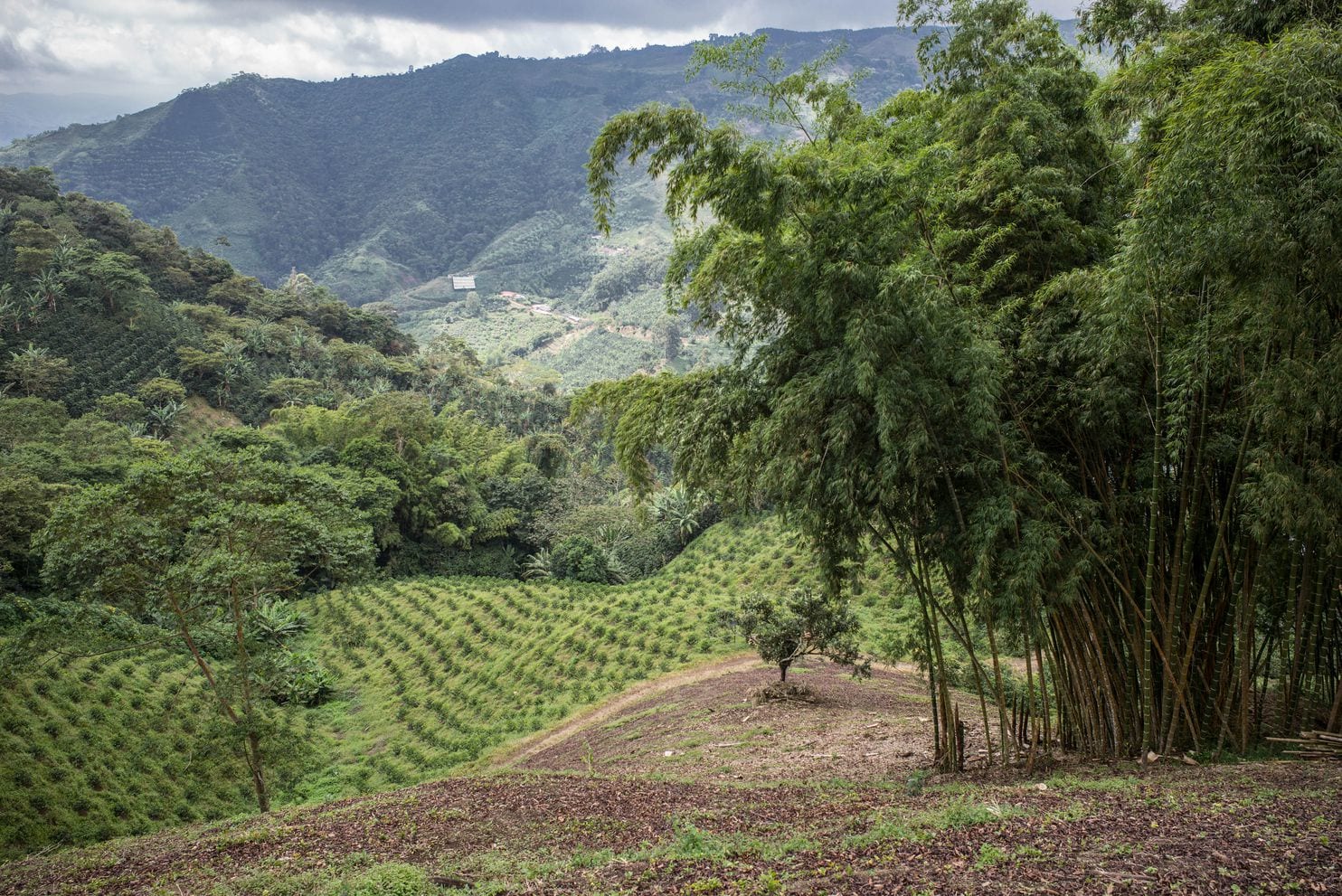
[Donald] from Huilan County, it is the most famous boutique coffee producing area in the country. This area is a hilly land surrounded by mountains, planted more than 1500 meters above sea level, where the most important rivers in Colombia meet, bringing abundant water resources and moisture. Micro-batches (Micro-regional selections) provided by small farmers, a micro-production organization in micro-producing areas, are provided by dozens of small farmers to integrate their unit harvest into a micro-batch to sell, and they also have the opportunity to directly select many high-quality specific small-farmer coffee through batch-by-batch cup testing.
[raw beans and baking]:
[examination card]
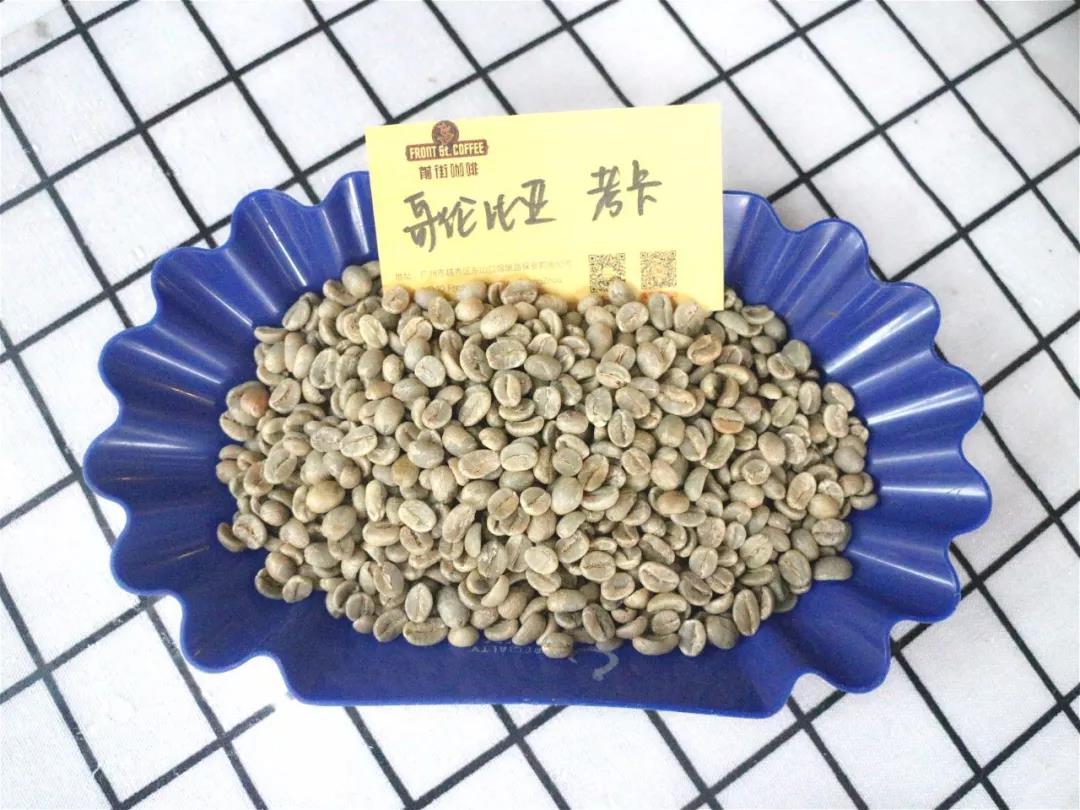
This coffee has a round raw bean body, yellowish green, good evenness and high moisture content. The goal of baking is medium and deep baking, showing a balanced and mellow texture on the one hand and rich chocolate and nutty aromas on the other.
In the first batch of baking, the lower bean temperature is relatively high, the bean temperature is 200 degrees, and the firepower is also relatively high. In the process of baking, it was found that the bean had high altitude, hard bean quality and high moisture content, so it adopted the baking method of lengthening dehydration, gradually lowering the fire and climbing steadily, adjusting the firepower before the bean entered the yellowing point, dehydration and explosion to avoid burns on the bean surface, and chose to glide out of the oven for 2 minutes and 50 seconds after the end of the explosion to prolong the caramelization reaction time and grind off the excess fruit acid. Add more nutty and nutty aftertaste.
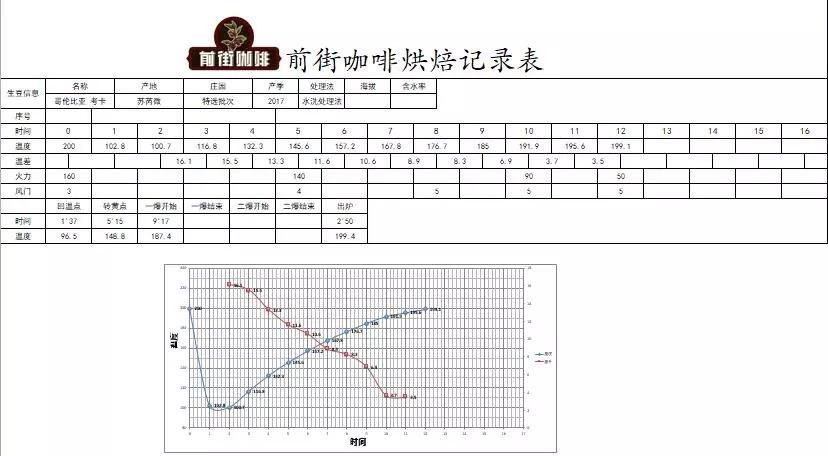
Enter the pot at 200 degrees Celsius, adjust the firepower to 160 degrees after opening the throttle for 30s, keep the throttle unchanged, the temperature return point is 1 "37, keep the firepower, the bean watch turns yellow in 5: 15" seconds, the smell of grass disappears completely, enter the dehydration stage, the firepower is reduced to 140 degrees, and the throttle is adjusted to 4. 8'55 "dehydration completed, firepower reduced to 185 degrees, 9 degrees 39. At 10 ", ugly wrinkles and black markings appear on the bean surface, and the smell of toast obviously changes to the smell of coffee, which can be defined as a prelude to an explosion. At this time, listen carefully to the sound of an explosion point, to 9: 17", adjust the firepower to 90 degrees, the throttle should be fully opened 5 (the firepower should be very careful, not so small as to be free of bursting sound), develop 2: 50 "after an explosion, 199.4 degrees into the pot.
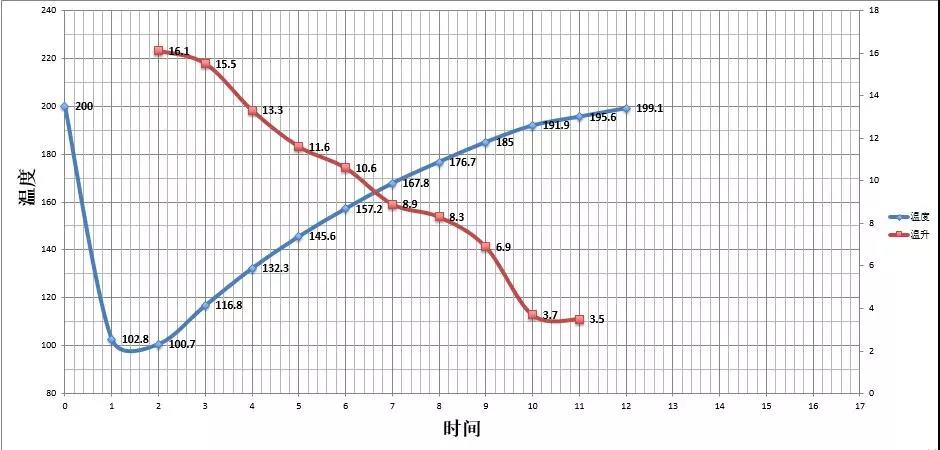
[Donald]
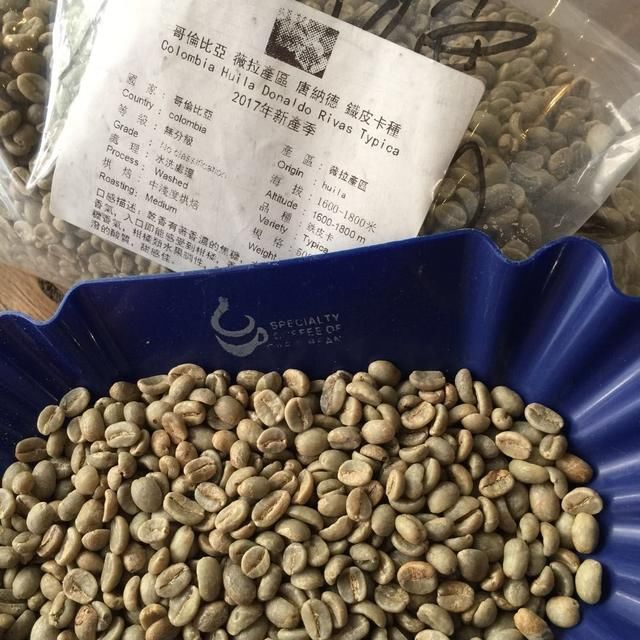
The medium baking method is intended to best reflect its mellow, smooth and nutty characteristics.
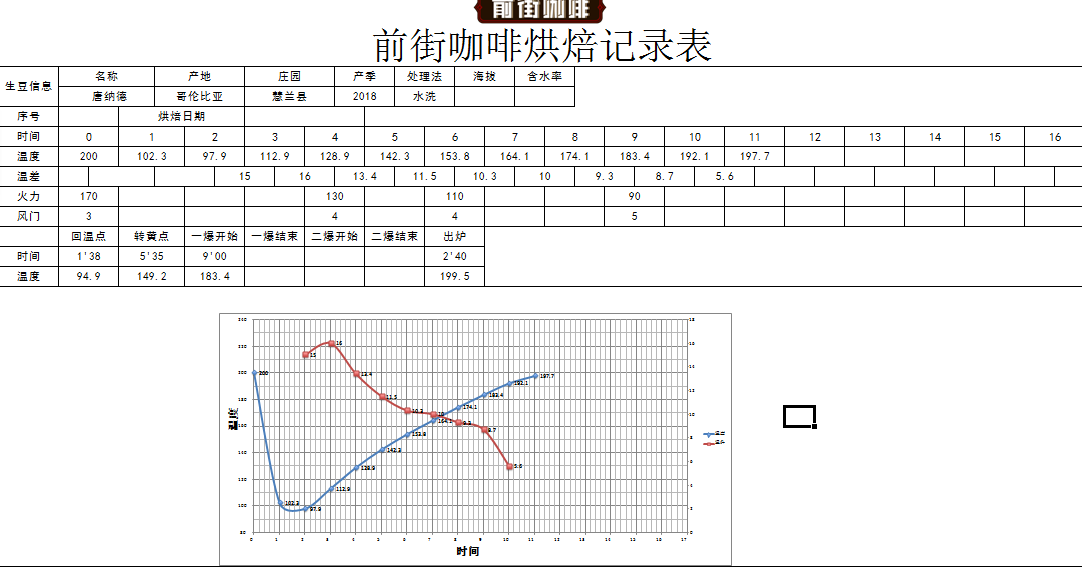
The furnace temperature reaches 170 degrees Celsius, the throttle is opened for 30 seconds, the firepower is adjusted to 170 degrees, the throttle remains unchanged, the temperature recovery point is 1: 38 degrees Celsius, the firepower is adjusted to 165 degrees, the bean table turns yellow, the smell of grass disappears completely, the dehydration is completed, the firepower is adjusted to 130 degrees, and the throttle is adjusted to 4.
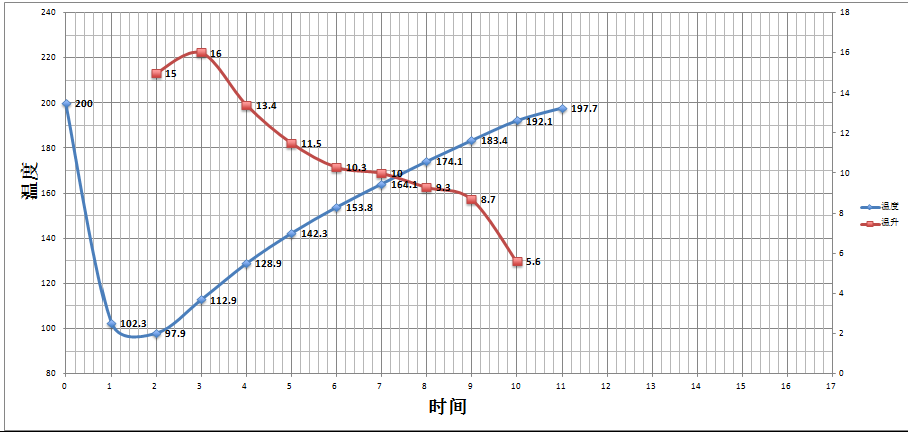
On the 8th '30th floor, ugly wrinkles and black markings appear on the bean surface, and the smell of toast obviously changes to the smell of coffee, which can be defined as a prelude to an explosion. At this time, listen clearly to the sound of the explosion point, to 9: 00 "start an explosion, adjust the firepower to 60 degrees, the throttle should be fully opened 5 (the firepower should be very careful, not so small as to be free of cracking sound), 2: 40" after an explosion, 199.5 degrees into the pan.
[Cup test comparison]:
[Coca] lime acid is obvious, grape juice sour, rich flower aroma, high acidity, pleasant sweetness, medium mellowness, nut finish, overall purity, mild, smooth texture, balanced and lively layered taste.
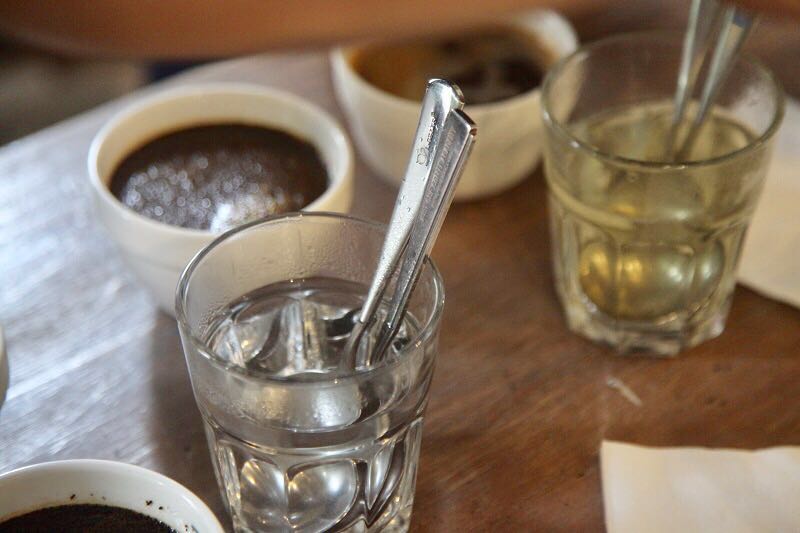
[Donald] it has a slightly bitter taste of grapefruit peel, sweet and sour, chocolate and caramel, but it soon turns to mint cool, which is the type of grapefruit peel that I can accept, with a sweet and long-lasting finish, mint chocolate and coolness.
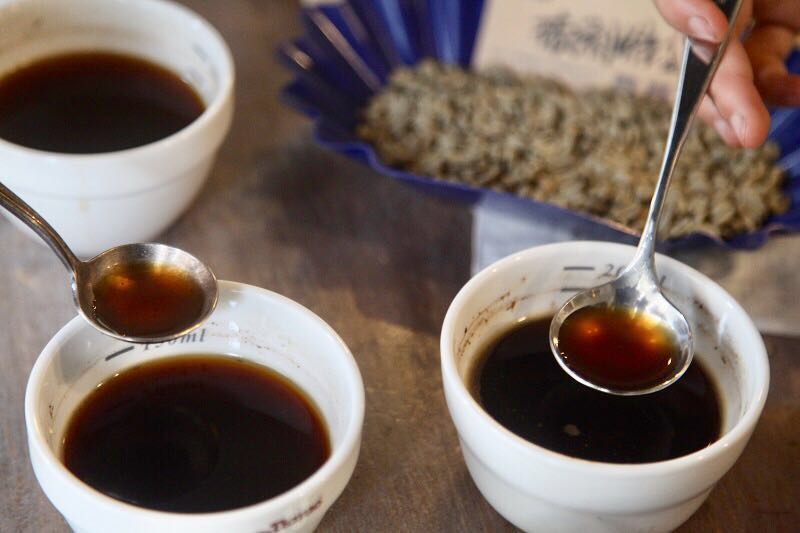
Comparing the two Colombian beans, you can see that the baking time and baking temperature are actually about the same, but there is a little difference in the temperature rise at the time of explosion. The temperature rises slowly from [Coca] to the back, because the altitude is relatively high, so there should be enough time to provide calories and form a violent caramel reaction, which will produce more sugars while retaining some fruit acid to make the taste more balanced.
And [Donald] is relatively fast, low altitude, beans are relatively soft, heat absorption speed is faster, and Coca similar to the oven temperature, [Donald] in addition to washing beans due to acid, but also has nuts, Bolin, chocolate characteristics.
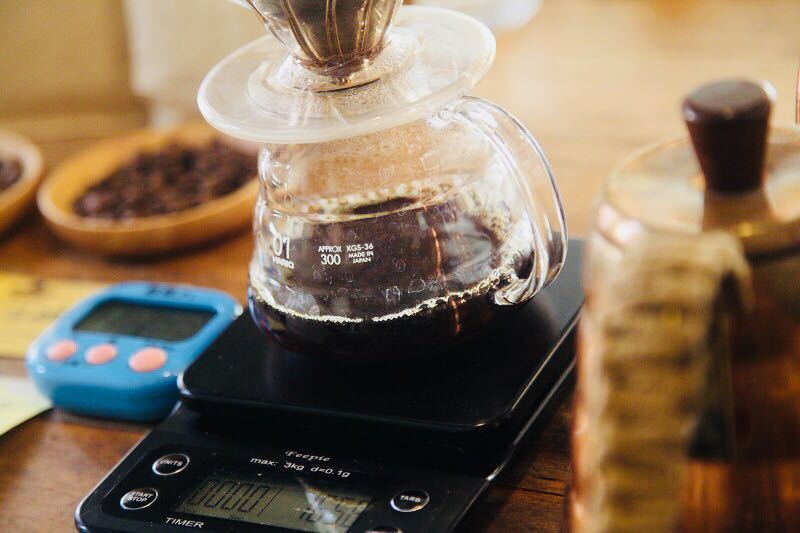
[recommended by hand]
V60 filter cup, 15 grams of powder, water temperature 90-91 degrees, grinding 3.59 Chinese standard 20 sieve pass rate 64%), water powder ratio close to 1:15
Technique: 25g water steaming, steaming time is 30s, the first stage water injection to 125g water cut off, slow water injection to 225g, that is, 30-125g-225g
Important Notice :
前街咖啡 FrontStreet Coffee has moved to new addredd:
FrontStreet Coffee Address: 315,Donghua East Road,GuangZhou
Tel:020 38364473
- Prev
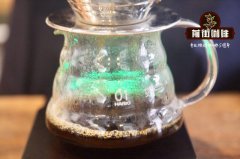
Hand-made coffee Salvador Fairy Manor Sun Pacamara Why is it expensive _ how much is Pacamara
Professional coffee knowledge exchange more coffee bean information please follow the coffee workshop (Wechat official account cafe_style) Salvadoran Fairy Manor Sun treatment Pacamara Coffee Fairy Manor Information Story introduction: Ricardo Valdivieso is the fourth generation of the family, the family has been known locally for growing and handling Pacamara varieties of coffee, the estate is called Las
- Next
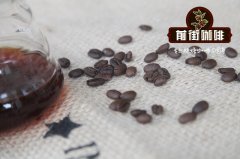
Why is the hand-made storm manor sunburn like beans coffee powder is thicker _ hand-made elephant beans grind degree recommended
Professional coffee knowledge exchange more coffee bean information please follow the coffee workshop (Wechat official account cafe_style) this recommendation from Nicaragua Elephant Bean Coffee-Francesco Francisco [Origin]: Nicaragua [producing area]: Francesco [Manor]: storm Manor [Grade]: SHB [Coffee Variety]: elephant Bean [growth altitude]: 1350
Related
- Detailed explanation of Jadeite planting Land in Panamanian Jadeite Manor introduction to the grading system of Jadeite competitive bidding, Red bid, Green bid and Rose Summer
- Story of Coffee planting in Brenka region of Costa Rica Stonehenge Manor anaerobic heavy honey treatment of flavor mouth
- What's on the barrel of Blue Mountain Coffee beans?
- Can American coffee also pull flowers? How to use hot American style to pull out a good-looking pattern?
- Can you make a cold extract with coffee beans? What is the right proportion for cold-extracted coffee formula?
- Indonesian PWN Gold Mandrine Coffee Origin Features Flavor How to Chong? Mandolin coffee is American.
- A brief introduction to the flavor characteristics of Brazilian yellow bourbon coffee beans
- What is the effect of different water quality on the flavor of cold-extracted coffee? What kind of water is best for brewing coffee?
- Why do you think of Rose Summer whenever you mention Panamanian coffee?
- Introduction to the characteristics of authentic blue mountain coffee bean producing areas? What is the CIB Coffee Authority in Jamaica?

